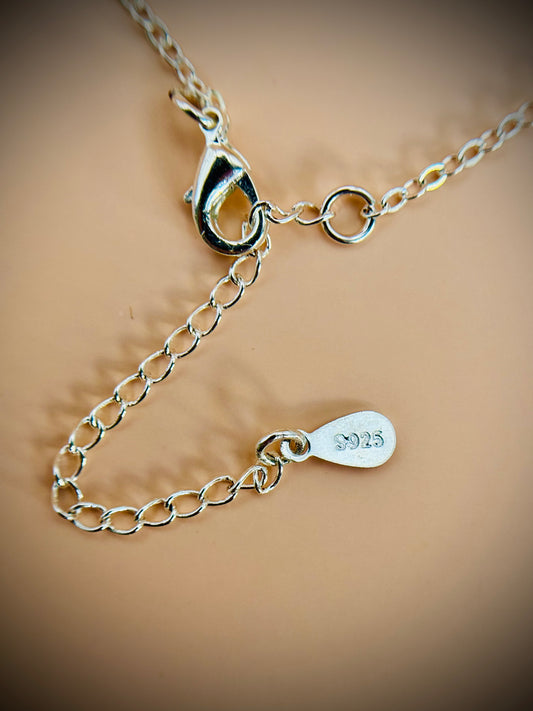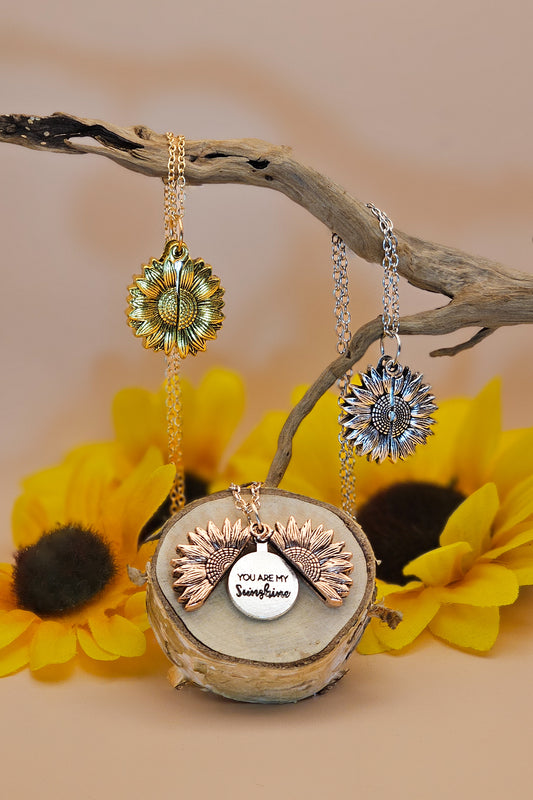Image: New Zealand bee on peach tree blossom
Mānuka honey has long been the jewel in the crown of New Zealand’s honey industry. In fact, over the past decade export values in the New Zealand honey market have increased almost 400%.
According to one third-generation beekeeper named John Berry, there are half a million too many hives in New Zealand at this stage. He says the quest for more manuka honey is costing all beekeepers dearly now.
His 10-year averages, which go back six decades, show his current 10-year average is dropping. He blames part of the problem on weather, but the main problem is too many hives by far, a trend that began a few years ago when prices soared.
There is still a lot of hype about manuka honey, but the prices have dropped considerably despite the hype, according to this down-to-earth beekeeper.
Last season his honey crop was reasonable, but still he lost money on it. Even though he keeps costs low he was unable to take out wages and his expenses weren’t covered.
This unrelated 4:05-minute video by NSW DPI Agriculture looks at parasite Varroa mite infestations in New Zealand beehives:
Selling manuka honey became synonymous with finding a pot of gold for many aspiring beekeepers, since this particular honey can fetch many more times the price of non-mānuka honey. New beekeepers took the plunge, flooding the market. As a result, there are hundreds of tons of manuka in beekeepers’ sheds that can’t be sold.
Beehives in New Zealand produce an average of around 28kg of honey annually. An excellent over-wintering area for bees due to the dry winters is around Hawke’s Bay, but it is now packed with bees. All the extra hives and bees means that Berry and other beekeepers must spend more time feeding their bees with a sugar solution. Too many bees are competing for limited resources.
For example, Berry’s 16 hives suddenly faced competition from 180 hives just two paddocks away. According to Berry, new corporate-oriented beekeepers don’t respect the same rules that established honey companies follow, where hives are at least 3km away from competitors. Instead, they just dump thousands of hives beside everyone else. This puts strain on the ecosystem.
A few years of readjusting may lie ahead for the honey industry. Hundreds of little companies popped up in the past 6-7 years, and some are struggling. Some have more knowledge of what they are doing than others. Those with new brand names have a challenge because New Zealand tourism took a deep dive during the pandemic. Overseas sales are still huge, with plenty of opportunity for expansion.
Another concern is that the parasite Varroa mite is growing resistant to some treatments. When the mite first arrived in New Zealand in the year 2000, honey production increased by 10-15% because the mites wiped out the feral hives so there was less competition for resources.
Now it has swung back around, and many Varroa mite is not dying from the synthetic pyrethroids in Hawke’s Bay and other areas. Since the strips aren’t working, some beekeepers have lost up to 50% of their hives. This has affected anywhere from 10,000 to 30,000 hives, according to Berry.
Karin Kos, Apiculture New Zealand chief executive, stated that there are reports of high Varroa incidents now but that regular monitoring and treatment are critical and that any talk about resistance to treatment should be backed with good science first. She sees a strong future for the honey market, despite short term supply and demand imbalances and higher costs for some honey. The global retail honey market is forecast to grow 30% in the next five years from $11.1bm to $14.6bn. As a nascent category on the global stage, manuka money has more room to grow.
New Zealand honey exports have exploded in recent years, from $98m in 2010 to $482 million up to the end of June, which potentially indicates over $900 million for the year.








